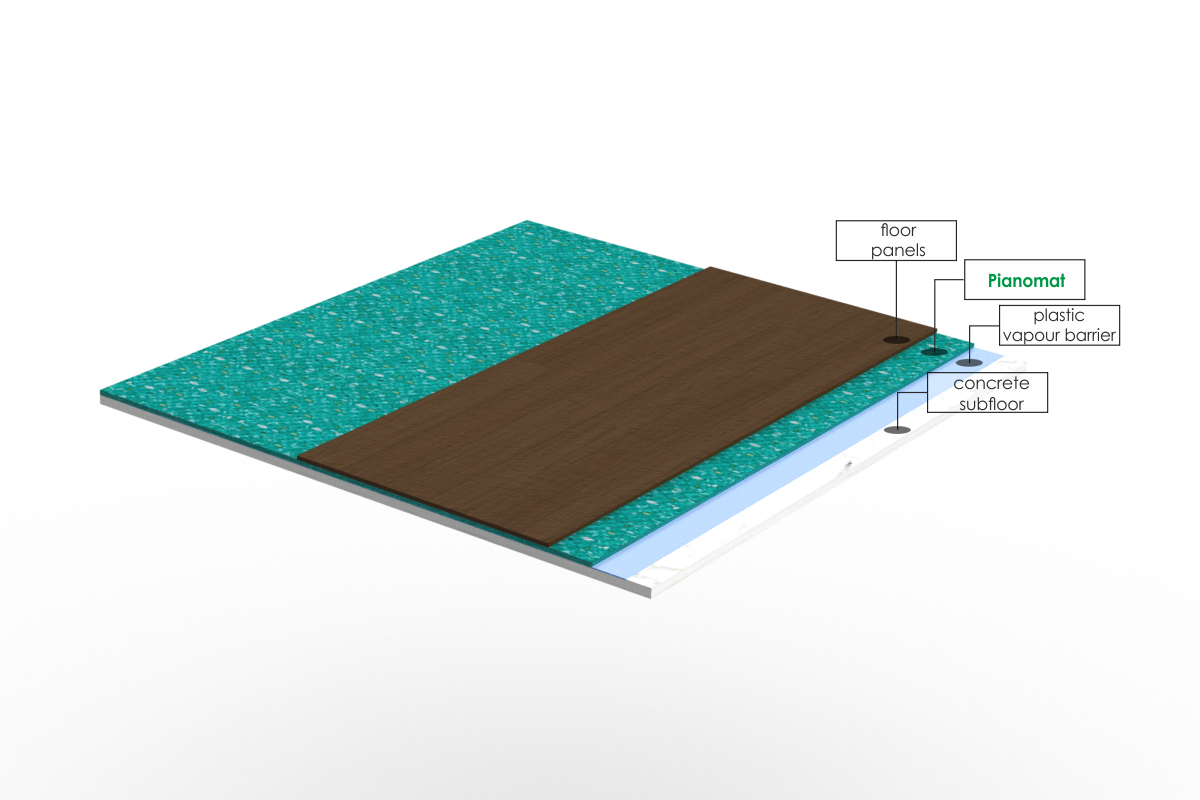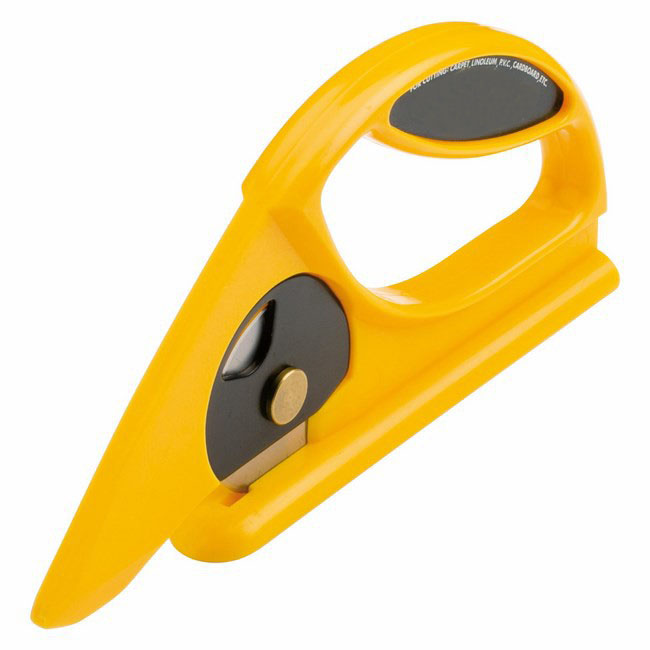Prior to installation, we recommend the appropriate preparation of the subfloor where Pianomat underlay is to be installed.
Pianomat underlays can be laid on any subfloor (wood or concrete – screed) which is levelled and smooth. It must be dry, clean and without dust, scratches or cracks. In the case of a dusting subfloor (e.g. concrete), we suggest priming it with an appropriate dusting subfloor primer.
Simply unroll Pianomat to cover the entire surface and cut to the desired size using scissors or a carpet knife. The edges of the underlay should be butt jointed, otherwise it will cause sound bridges which compromise the acoustic properties of the floor.
Due to water absorption, Pianomat underlays should be used in areas not exposed to the accumulation of moisture or their surface should be protected against water. To protect them against moisture, underlays with a thickness of 3 and 4 mm without laminate should be covered with a loose layer of plastic vapour barrier.
The should be clean, even, levelled (level variation should not exceed 3 mm/ 2 m) and with a moisture content not exceeding 3%. Pianomat underlays should be laid in a single layer, in a way to ensure complete contact between the edges (butt joints).
Remember to protect the underlays against mechanical damage during installation.




